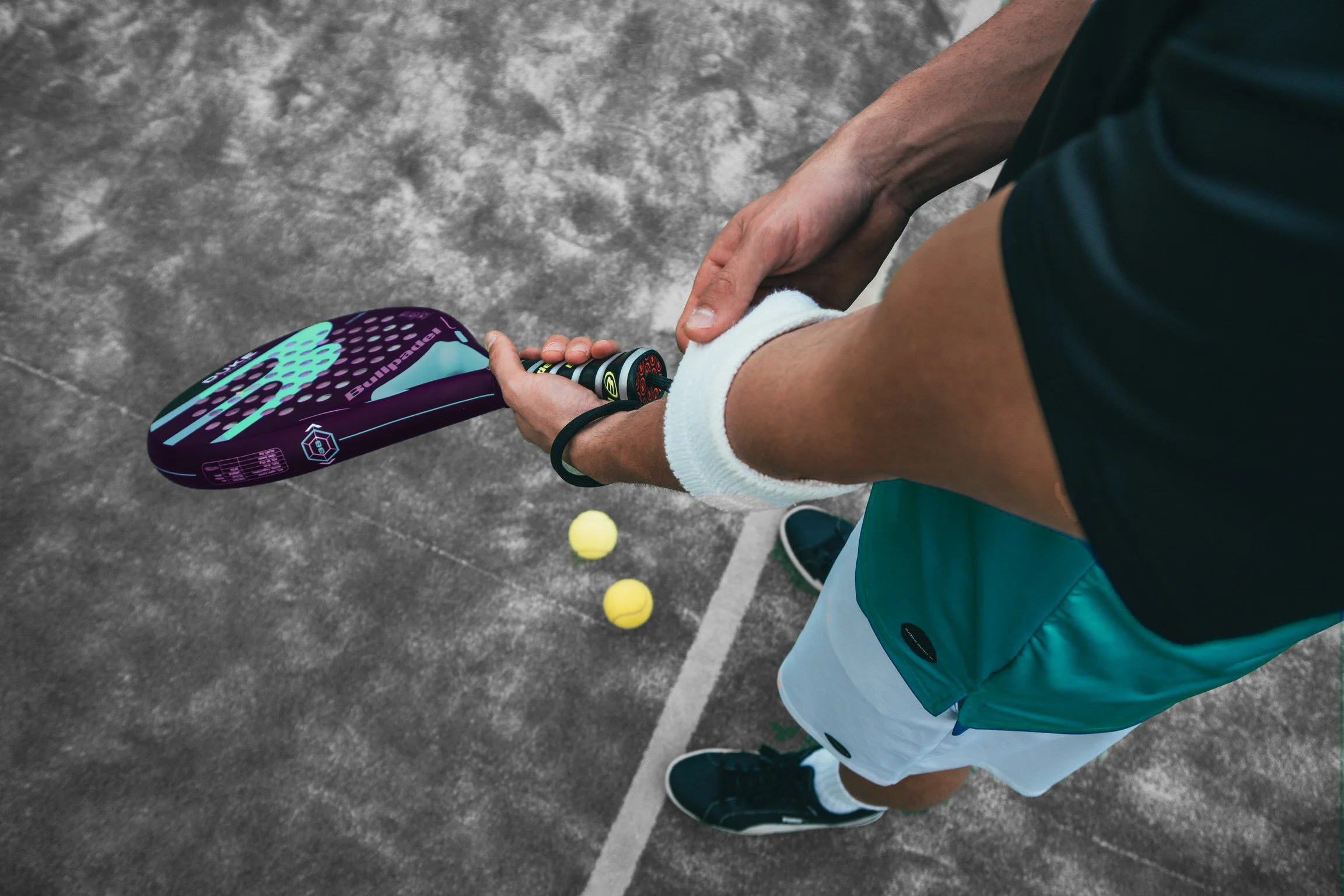Tennis is one of the most popular racket sport. A high number of matches amongst competitive tennis players can lead to overuse injuries. For non competitive social tennis players, improper technique or inadequate physical fitness results in injuries. These injuries can be prevented with some changes to technique and training routines.
Two-thirds of tennis injuries are due to overuse and the other one-third due to an acute traumatic event. Overuse injuries most commonly affect the shoulder, elbow, wrist and ankle.
Common injuries and treatments:-
Tennis Elbow: An injury commonly described. This is an overuse of the muscle that extend the wrist and hand backwards. The area of injury is where the forearm muscles attach to bone as tendons on the outside of the elbow. This results from repetitive micro trauma which is unable to fully recover. It involves the muscle-tendon unit that is recruited on a backhand when the ball impacts the racquet. Proper strengthening and stretching of this muscle-tendon unit, along with a regular warm-up routine will help decrease the likelihood of experiencing pain around this area. Paying close attention to technical components such as grip size, string tension and proper technique can also help prevent this condition.
Shoulder Injuries: Shoulder overuse injuries are usually due to poor conditioning and strength of the rotator cuff muscles. Shoulder and scapular balance is important and it is easy to overwork certain muscle groups around the shoulder resulting in an imbalance and impingement symptoms. In addition to this, continued repetivie overhead motions during a serve and play, results in rotator cuff tears. This problem is compounded when the muscle is fatigue or weak. If the pain persists, it can interfere with sleep and other daily activities. Players may need to convert to underhand serves to rest the shoulder and allow for recovery. Physiotherapy may be required to optimise range of motion, rebalance the shoulder, and strengthen the rotator cuff. Failing this, see a specialist for further assessment.
Stress Fractures: Twenty percent of junior players compared to eight percent of professional players suffer from stress fractures. These occur when the bone cannot adjust rapidly enough to withstand the increased repetitive stress applied to it and it breaks. These fractures are usually small cracks in the bone that causes pain rather than fractures and actual displacement of bone. Stress fractures can occur in the leg (tibia or fibula) or in the foot (navicular or metatarsal bones). These injuries are preventable with proper strength and endurance training with gradual conditioning prior to extensive tennis playing. Appropriate footwear and court surfaces are also critical to preventing stress fractures.
Muscle Strain: Muscle strains usually occur from quick, sudden moves. Warming up followed by proper stretching can help prevent muscle strains. The warm-up should include a slow jog, jumping jacks or riding a bike at low intensity prior to playing. Proper stretching should be slow and deliberate. Do not bounce a stretch, instead hold the stretch for thirty seconds or more. The best stretches are moving stretches, and these should be added to your routine, such as swinging your leg as far forward and backwards or swinging your arms in circles and across your body. Proper stretching should last at least five minutes.
Ankle Sprains: It is common for tennis players to suffer from ankle sprains because tennis can be a fast paced game with sudden sideway movements and quick change of direction. This puts a lot of stress on the ankle and can cause the ankle to twist; stretching and damaging ligaments around the ankle joint. An ankle sprain will result in pain, bruising, swelling and stiffness, and if not managed appropriately with rest, ice, compression and elevation followed by physiotherapy rehab, this can result in recurrent sprains and instability. Choosing tennis shoes with good support and strapping can help support your ankle to prevent and help an existing injury.
Make sure you have the right gear, pay attention to your technique, warm up, stretch, perform strength-building exercises and take breaks to minimise and prevent sporting injuries. If you have any concerns about an injury or how to prevent futures injuries, seek medical attention from a professional.


